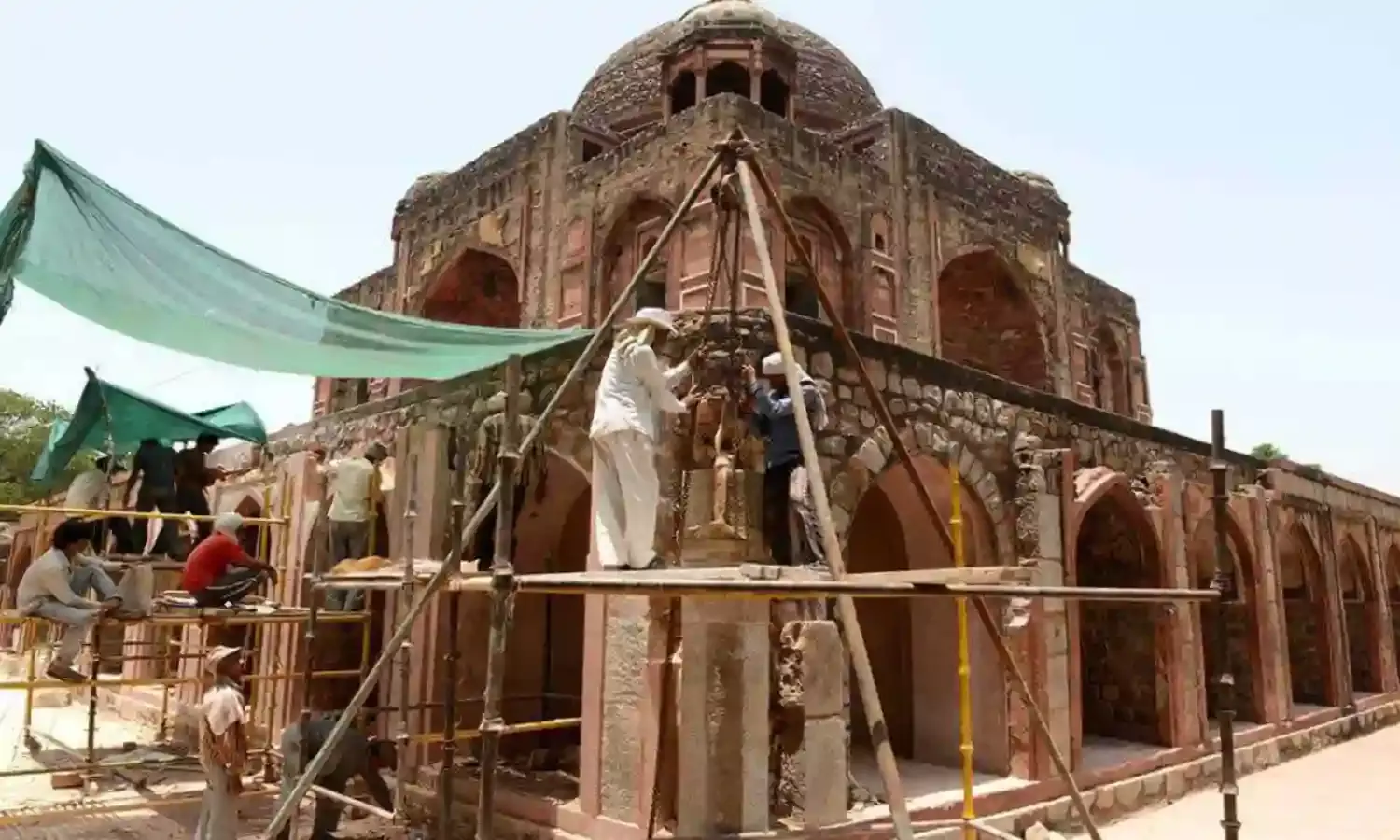Can Corporate Social Responsibility Be An Effective Tool For Heritage Conservation?
Preserving our heritage does not mean giving up progress and economic development.

Corporate Social Responsibility is a great tool where businesses can automatically achieve their sustainability goals by directing their profits towards heritage conservation through Impact based portfolios. It becomes important at this stage to detail and simplify the benefits and methods of the private sector engaging in Heritage Conservation.
Preserving our heritage does not mean giving up progress and economic development. Heritage conservation is not only compatible with economic development but it can also be an effective economic-development tool. While the social and cultural benefits of heritage conservation are well known, many communities have discovered that their heritage resources are also valuable economic assets. Investing in the preservation, rehabilitation and ongoing use of heritage buildings and other historic places has economic benefits for both individuals and communities. Heritage conservation can lead to higher property values and increased tax revenues, more jobs, revitalized neighborhoods and economic growth.
All government directed policies are framed to undertake this holistic develop. If one investigates the CSR policy as defined by the government, it becomes clear that the Policy recognizes that corporate social responsibility as not merely compliance but a commitment to support initiatives that measurably improve the lives of underprivileged by one or more of the following focus areas as notified under Section 135 of the Companies Act 2013 and Companies (Corporate Social Responsibility Policy) Rules 2014. Within this policy the protection of national heritage, art & culture including restoration of buildings & sites of historical importance & works of art; setting up public libraries; promotion & development of traditional arts & handicrafts.
The CSR Framework has recently been systematized and structured by the government wherein a company is required to direct 2% of Net profits towards CSR on projects for a minimum period of three years, overseen by a CSR committee that encourages pre-decided impact that can be obtained from the project.
However CSR is one of the many tools that the private sector can adopt to fulfill its mission to conserve India’s heritage. The Ministry of Tourism late in 2017 recognized the immense potential of a collaborative approach and launched the Adopt a Heritage program, inviting corporate from across the country to identify and commit towards developing a heritage site. This is one of the most immediate and expedited ways of engaging in infrastructural development around the site. The range of commitment can be from Core Infrastructural Development, to digital programs luring international and domestic tourism to outreach activities that enable sensitization about the site.
However the most holistic model of financing and engaging into Heritage Conservation is through a Public Private Partnership. As heritage building can only be restored within firm guidelines of the ASI by appointed Heritage Conservationists, the private sector can fuel this development by directing funds and initiating regional development in line with the Heritage Conservation on site, for example developing parks, walkways, outreach activities, interpretation centers, funding and revitalizing local museums, aiding craft clusters and regional food joints for incoming visitors and finally digitally promoting the treasures and narrative of the Heritage Site.



